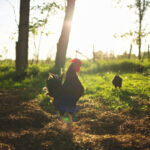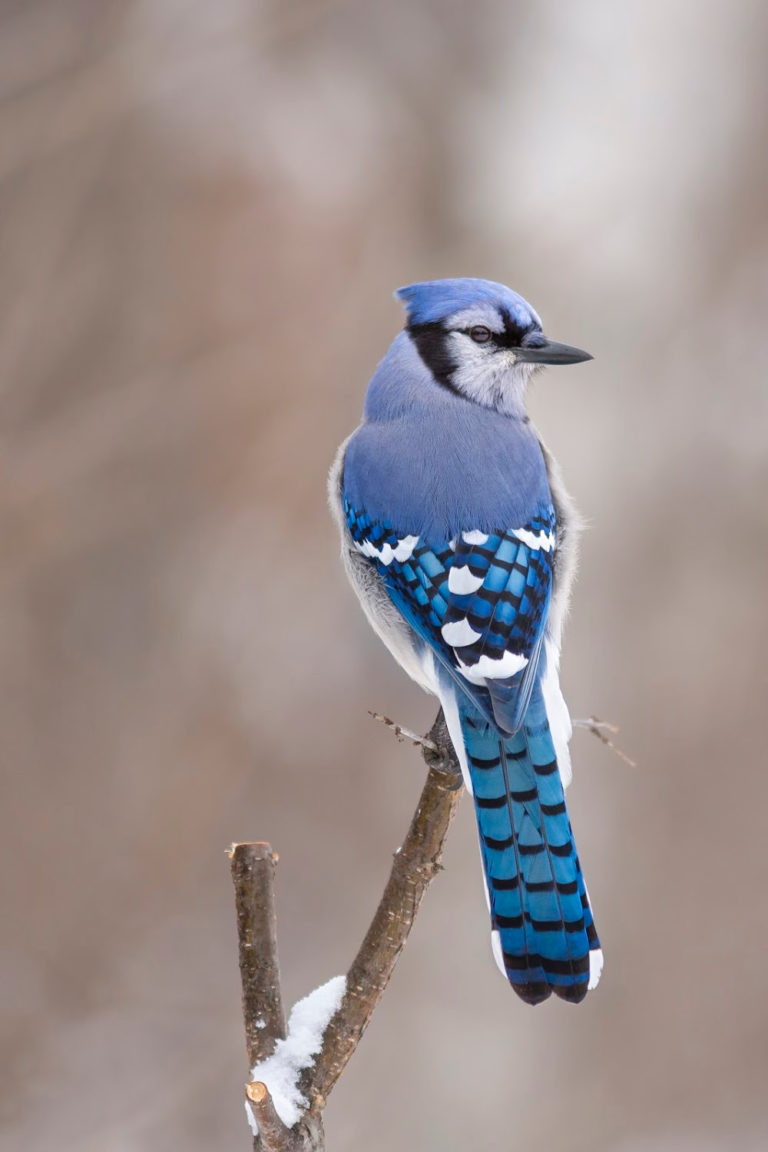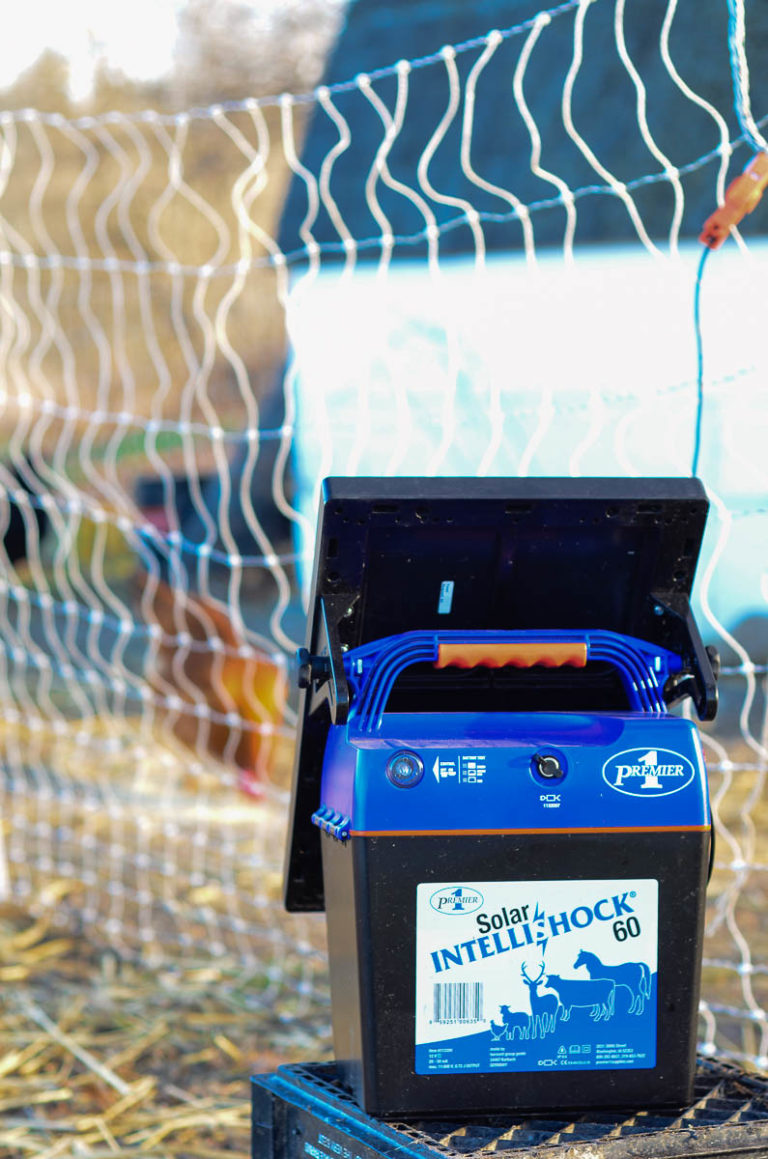Backyard Chickens and 2022 Bird Flu (HPAI H5)
Nearly 23 million birds have died as a highly pathogenic bird flu virus tears its way through farms and chicken yards. Learn how to keep your birds safe.

Recently, the U.S. Department of Agriculture has identified instances of deadly bird flu in several counties in New York State. This outbreak has put almost everyone involved in poultry on high alert.
At the time of writing this, the largest flock affected in New York State was a backyard specialty breeder in the town of Hilton in Monroe County. HPAI (bird flu) quickly spread through the mixed flock of 400 chickens, ducks, and geese. The state euthanized the birds that were not affected. The farm affected filmed the entire experience and posted it on Youtube. While it is difficult to watch, it offers a lot of insight to the current situation.
I typically avoid writing posts that I feel scientists and experts in livestock diseases are better suited at addressing. But this has hit very close to home, and I want to help you protect your flock. There will be several resources listed at the bottom of this article from people much more knowledgeable about HPAI than me.
What Is Highly Pathogenic Avian Influenza (aka Bird Flu)?
Bird flu, also known as Avian Influenza or HPAI H5, is a viral disease that affects wild birds, captive wild birds, and domestic poultry.
This includes backyard and commercially raised chickens.
There are two forms of avian influenza: low pathogenicity (LPAI) and high pathogenicity (HPAI).
The most common, low pathogenicity avian influenza is usually fairly harmless, and infected chickens will have general flu/cold-like symptoms. Affected birds typically recover with no long-term effects.
Highly pathogenicity avian influenza is highly contagious and kills approximately 90% of all chickens that catch the disease.
How Does Bird Flu Spread?
Avian influenza spreads quickly by direct, bird- to-bird contact. But It can also spread indirectly, such as when your flock comes in direct or indirect contact with feces of infected wild birds. Infected migratory waterfowl (including wild ducks and geese) shed the virus in their saliva, mucous and droppings (feces). According to the CDC most wild birds are asymptomatic carriers, who do not exhibit any signs of illness.
Symptoms of Bird Flu in Domestic Poultry
Highly pathogenic avian influenza (HPAI) is rapidly fatal for poultry. Sudden onset of HPAI and high death rates are common among all poultry (except ducks and geese).
- Sudden death
- Lack of energy, appetite, and coordination
- Purple discoloration and/or swelling of head, comb, wattle, and/or legs
- Diarrhea
- Nasal discharge
- Coughing
- Sneezing
- Reduced egg production and/or soft-shelled or misshapen eggs.
If you have a mixed flock it is important to know that domestic waterfowl do not always die from HPAI or show signs of illness, but they can carry the virus and spread it to other birds.
Protecting your flock from HPAI during an outbreak
You can protect your flock by being mindful and using biosecurity. Biosecurity, the practice of isolating your flock from direct or indirect contact with other birds to prevent them from getting an infectious disease.
Avoid attracting wild birds to your residence.
- Cover or enclose any outdoor feeding areas for poultry.
- Promptly clean up any feed spills.
- Avoid visiting any ponds or streams, especially with pets.
- Consider reducing large puddles and standing water that may be a nice resting place for migratory birds.
Limit or halt any travel with your birds to sales, shows and swaps.
- Ensure you have clean hands, clothes and footwear before handling your birds if you do attend any poultry events.
- Do not allow others to handle your birds.
Limit who visits your birds at home.
If someone else must visit your birds:
- Ask them about what other bird contact they have recently had.
- Ask them to wash their hands and wear clean clothes and footwear.
Flock owners should report any sick birds, unexplained high number of deaths, or sudden drop in egg production, or respiratory signs including coughing and sneezing immediately to the Department’s Division of Animal Industry at (518) 457-3502 or the USDA at 866-536-7593.
Related Information and Links:
Where do I report sick birds?
- NYS Department of Agriculture & Markets: 518-457-3502
- USDA: 866-536-7593
- Your local Cooperative Extension Office
- Unusual illness and deaths of wild birds can be reported to the New York Department of Environmental Conservation (DEC). The link to this map shares the office contact information by region:https://www.dec.ny.gov/about/558.html
To see current detections of HPAI in wild birds, commercial flocks, and backyard flocks, visit:
Biosecurity:
- For more information on keeping your flock safe and for general tips on implementing biosecurity measures for small and backyard flocks, visit the USDA-APHIS Defend the Flock web page:
Disinfectants
- Over 200 disinfectants can be used against HPAI on hard, non-porous surfaces.
- More information about using disinfectants against HPAI can be found here:
- The list of registered products can be found here:
For updates on poultry health alerts, visit:







